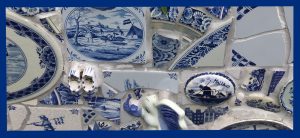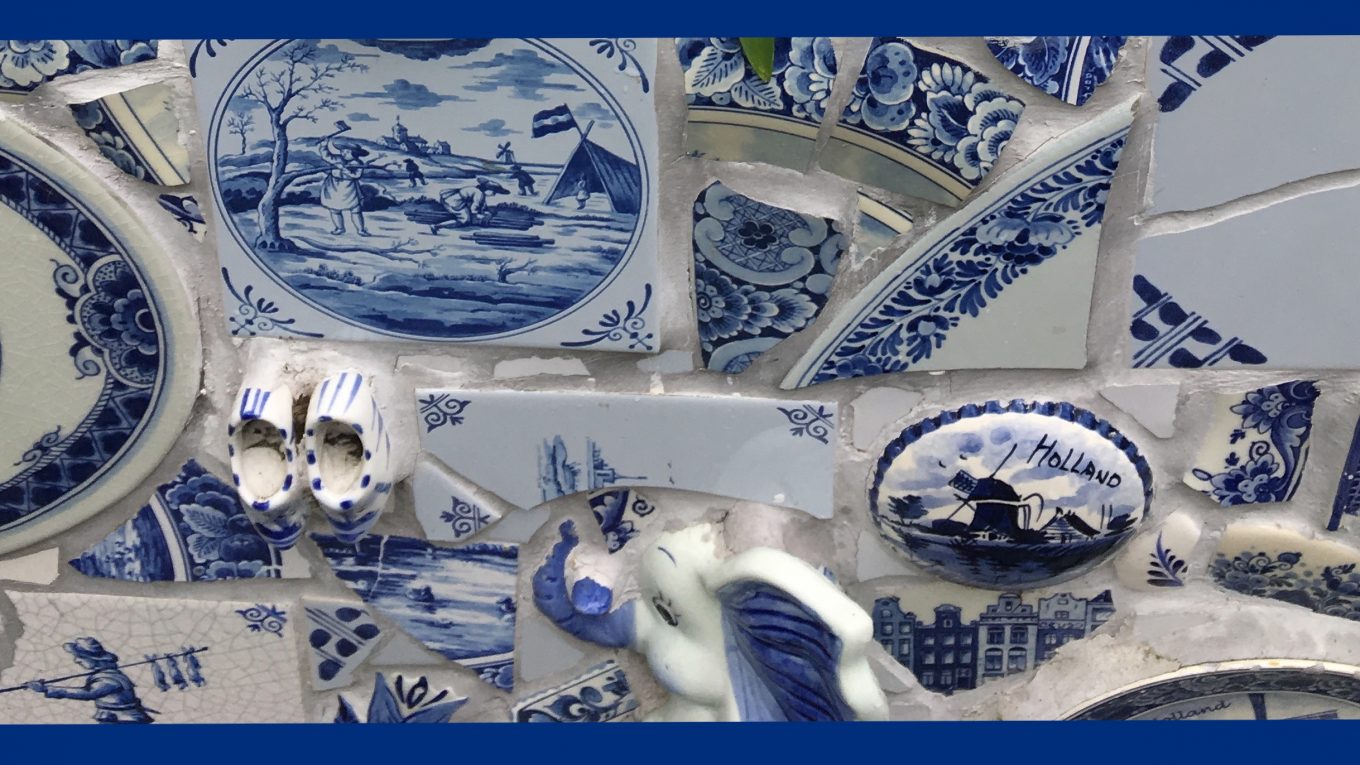A Fractured Mosaic – 07.12.2018
This is a reading and writing response for Thursday, July 12, 2018.
Topic: Introduction to Qualitative Methodologies/ Inquiry
Title – A Fractured Mosaic
 The field of qualitative research is like a fractured mosaic or kaleidoscope where competing parts vie for prominence. This representation came to mind in class as our instructor shared the AERA (American Educational Researcher Association) framework, with special interest groups shifting into positions of attention, and topics of interest achieving prominent time slots on the conference agenda.
The field of qualitative research is like a fractured mosaic or kaleidoscope where competing parts vie for prominence. This representation came to mind in class as our instructor shared the AERA (American Educational Researcher Association) framework, with special interest groups shifting into positions of attention, and topics of interest achieving prominent time slots on the conference agenda.
Denzin & Lincoln (2005) recognize that within current qualitative research, there are advances, new sites for exploration, and four major issues that will impact the future – connecting research to social purpose, the rise of Indigeneity in research, democratic shifts in academia, and the push for a ‘gold standard’ in westernized approaches to research. Their exploration of the trends and issues provides a framework in order to clarify the “methodologically contested present” (p. 1116) and bring scholars, researchers and those in the field to understand the debates, tensions and struggles coming from within and from outside current fields of qualitative research study. By exploring this image of a ‘fractured future’, Denzin & Lincoln (2005) petition for attention to representations, so to not further oppress, and to “respect the wisdom of people who are not like us” (p. 1124), in order to begin “our performance of justice” (p. 1124). Denzin & Lincoln suggest that within the current fractured mosaic, qualitative researchers need to attend to positivistic research pressures growing in the field.
Gallagher (2008), positioned as an example of ‘future fracturing’, describes methodologies that are fluid and ‘porous’, and are responsive to contextual needs and events. Gallagher (2008) presents some examples of how she applied shifting methodologies that are participatory, responsive to ‘aesthetic sensibilities’, grounded by listening, and apply what she refers to as ‘open readings’ which suggests “that multiple interpretations can surface and a different form of triangulation can occur” (p. 68). This ‘collaborative research methodology’ counters current splits between scientific and creative research and the ‘prescriptive technologies’ in order that researchers challenge “the conventional separation of knowledge from experience” (p. 69) and apply the notion of ‘polyvocality’ thus encompassing responses from researcher and researched. Gallagher (2008) shares the resistance to “conventional separation of knowledge from experience” (p. 69) and the hope for a future with “the promise of a human science where new discoveries and principled decisions might be made” (p. 79).
As a new researcher in the field of qualitative research, it’s important to gain a view of the full pattern of the mosaic, fractured as it is, because within the patterns and array of colours, as described by Denzin and Lincoln (2005), I can find something to catch my attention, something that fulfills a desire to take a closer look, as Gallagher (2008) models, and something that’s going to help me put my own piece into the mosaic.
References
Denzin, N. K., & Lincoln, Y. S. (Eds.). (2005). Handbook of Qualitative Research (3rd Edition). Epilogue, pp. 1115-1126, Sage.
Gallagher, K. (2008). The art of methodology: A collaborative science. In K. Gallagher (Ed.), The methodological dilemma: Creative, critical, and collaborative approaches to qualitative research, Chpt. 4, pp. 67-81.
